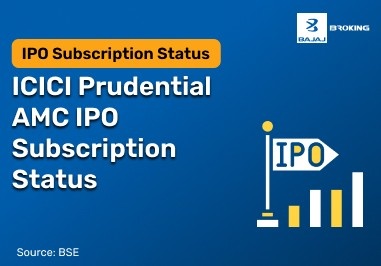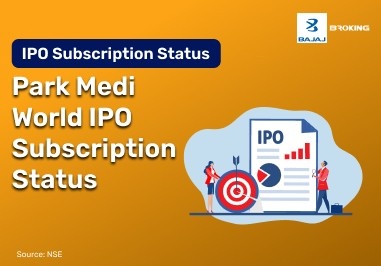How Does Risk Management Work in the Stock Market?
The stock market punishes mistakes quickly, making risk management essential to avoid emotional decisions. Like cricket, investors wait for the right moment instead of acting blindly. They assess risks, set limits, and plan contingencies.
Smart investors diversify capital across assets to prevent losses from one bad decision, using tools like stop-losses or options for protection. Risk management is dynamic—markets, economies, and personal goals change over time, so strategies must adapt.
Ultimately, it balances caution and boldness, allowing investors to participate in market growth while minimizing the chance of significant losses, ensuring long-term involvement and resilience.
Types Of Risk Management In the Stock Market
Interest or inflation risks or currency risks change. You can hedge or diversify to protect yourself.
Credit Risk Management:
Keeps you from losing money when those borrowing do not repay. It may often include items such as collateral or insurance.
Management of Operational Risk:
Includes failures from people, systems, or processes. You should consider things like backups, checks, and plans when things go wrong.
Liquidity Risk:
A liquidity risk means not having enough cash when you want it and being able to quickly convert to cash. Having your reserves and ability to liquidate assets quickly are essential.
Reputational Risk Management:
It includes aspects of a brand's worth. It is important to deal with criticisms fast, and if you are slow to respond, bad news travels fast.
Legal and Regulatory Risk Management:
This makes sure that laws are followed. Good controls and processes reduce your likelihood of being fined or penalised.
Additional Read: Understanding Bollinger Bands
Strategies for Effective Risk Management Stock Market
1. Position Sizing
Determine the size of each trade according to risk. This approach reduces exposure to large losses and ensures a balanced, disciplined investment strategy.
2. Stay Liquid
Maintain sufficient liquidity in your portfolio to act quickly on opportunities, adjust positions, and manage risks effectively amid changing market conditions.
3. Scenario Planning
Anticipate possible market situations and their effects on your portfolio. Planning for various outcomes allows strategic responses and reduces impulsive decisions during uncertainties.
4. Review and Learn from Mistakes
Regularly analyse successful and unsuccessful trades to identify patterns. Learning from mistakes helps refine strategies and strengthen risk management over time.
5. Utilise Risk Management Tools
Use trading platform tools like risk calculators and volatility indicators. They provide insights to evaluate, monitor, and manage risk more effectively in your trades.
6. Adaptability
Be flexible in adjusting strategies as market conditions, economic factors, and technology evolve. Adapting ensures your risk management approach remains effective and relevant.
7. Regular Portfolio Rebalancing
Periodically adjust asset allocations to maintain intended risk exposure. Rebalancing keeps portfolios aligned with financial goals and helps optimise returns despite market fluctuations.
8. Understanding Leverage in Financial Markets
Use leverage cautiously, understanding that it amplifies both gains and losses. Trade within your risk tolerance to maintain control and protect capital.
9. Network and Seek Professional Advice
Engage with peers and financial experts to gain insights. Networking and professional guidance enhance strategies, improve decision-making, and navigate market complexities effectively.
Wrapping -Up
The market is beyond anyone's control. But you can choose how to respond. Ultimately, that's what risk management is all about: not losing your head in times of uncertainty. By planning ahead, diversifying their risks, and creating their own rules, investors can control their losses while at the same time search for growth.
Risk Management is not about having no fear, it is about being prepared.














